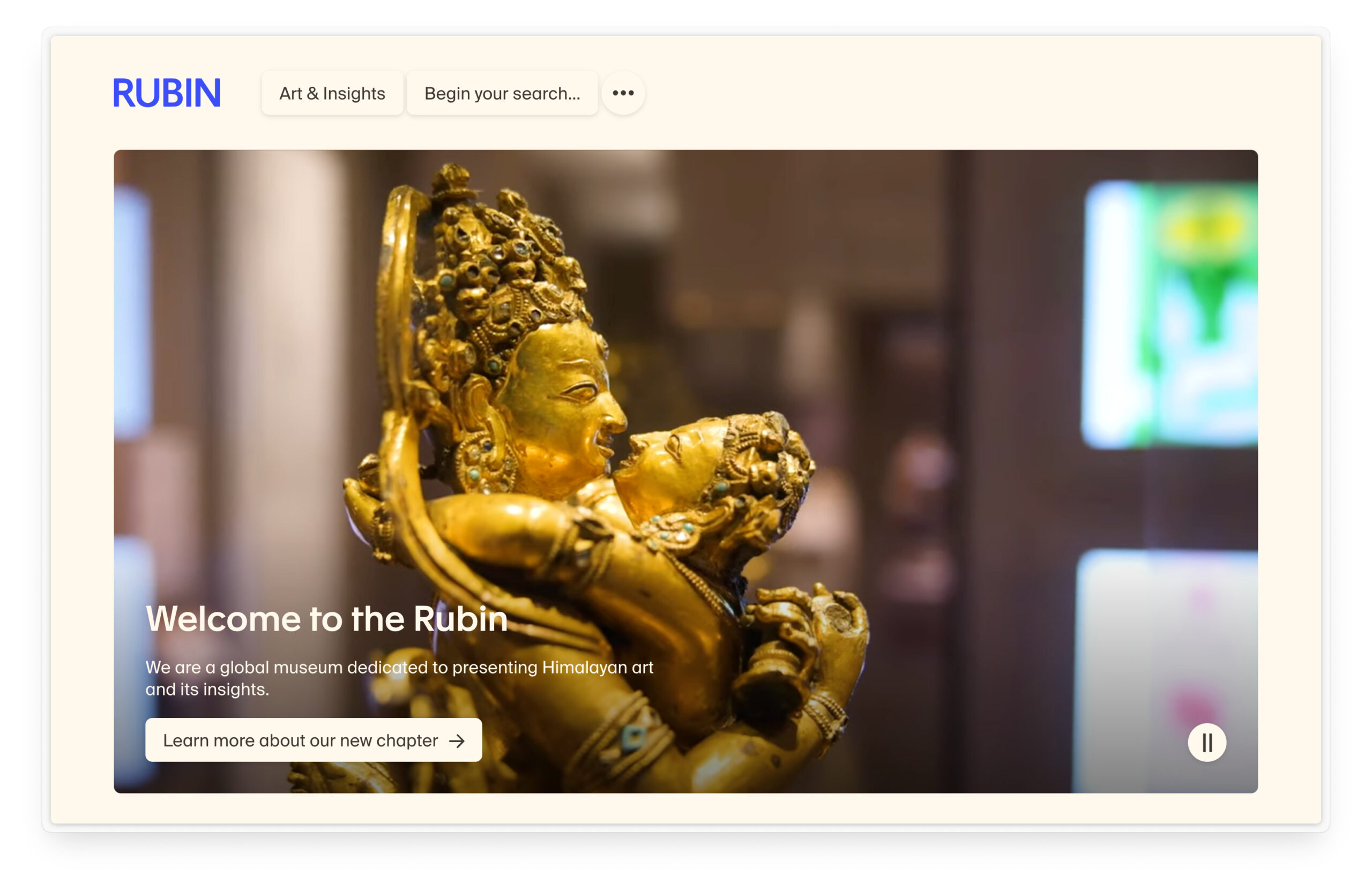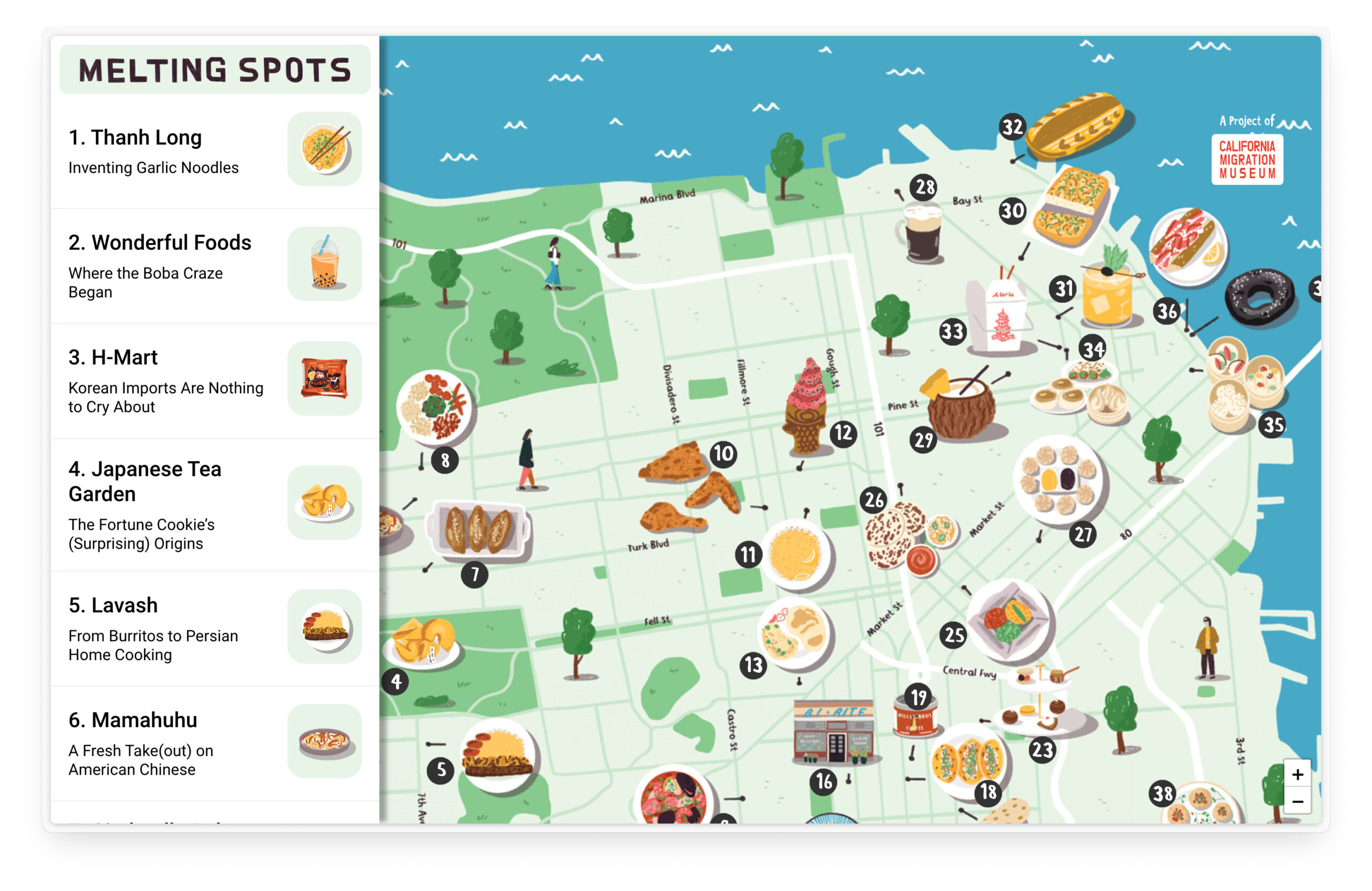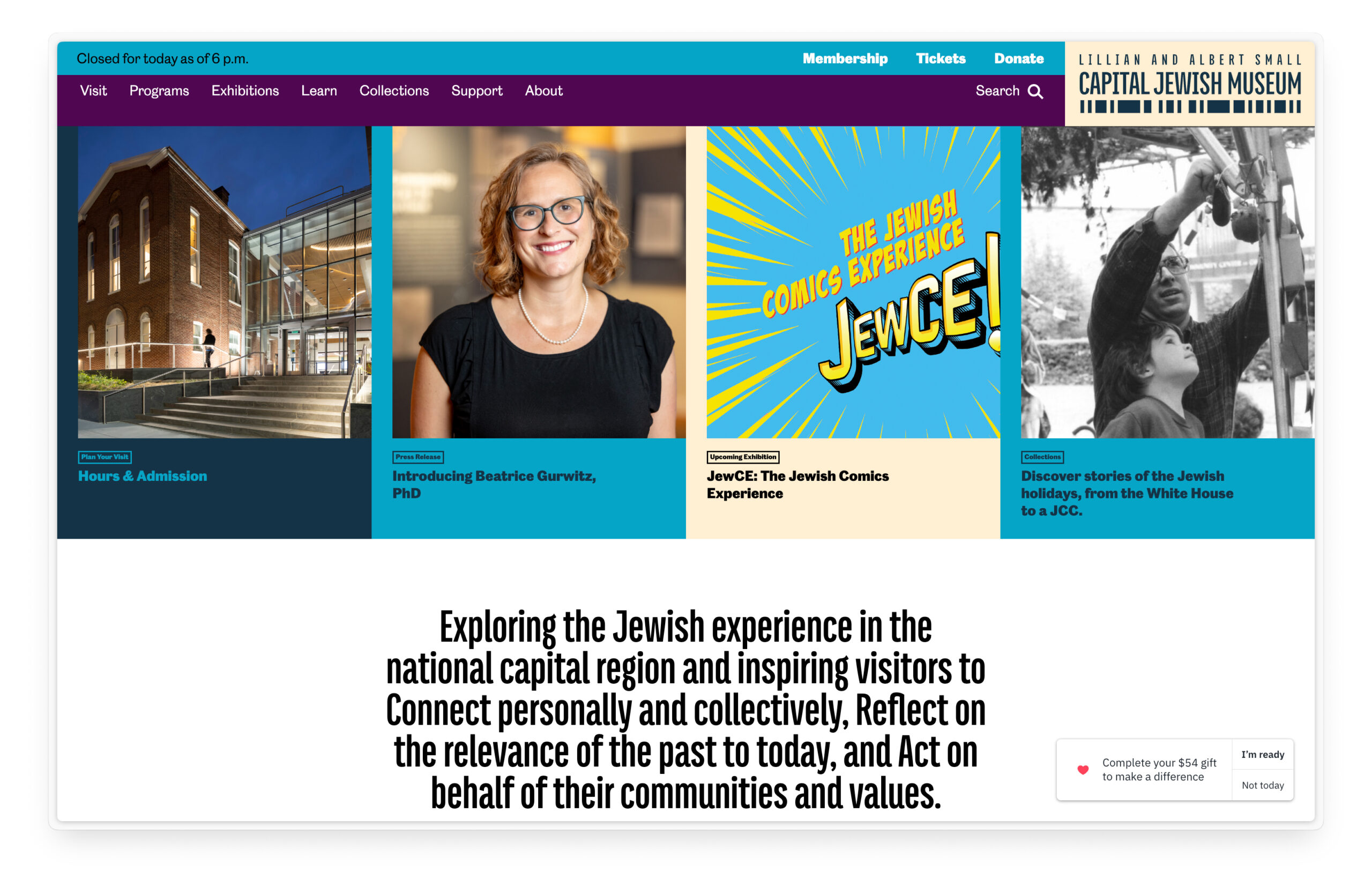Building the Rubin Museum’s Global Vision Through Digital Strategy

Museums



The Museum of Contemporary Photography at Columbia College Chicago presents thought-provoking photography through groundbreaking exhibitions and programming, drawing from a collection of over 16,000 works. In 2021/22, we provided a range of digital consulting services to support its current needs and plans for expansion. We evaluated new collection management systems and collaborated with the Center for Digital Experiences at Pratt Institute on a website visitation analysis. We led the Museum through a complete website redesign, and developed the new site on WordPress. We partnered with Hour Studio for the design.
The Contemporary at Blue Star is the first and longest-running nonprofit space for contemporary art in San Antonio, Texas. In 2022, The Contemporary went through a years-long rebranding and worked with Spellerberg Associates to rethink its web presence. The final product was a newly designed and structured website that complemented the organization’s new name, brand, and visual identity. We partnered with Hour Studio for the design.
The Rubin Museum of Art in New York stimulates learning, promotes understanding, and inspires personal connections to the ideas, cultures, and art of Himalayan regions. In 2022 we provided digital consulting services to advance the Museum’s digital transformation. We conducted visitor journey mapping workshops with facilitator Allegra Burnette, led the selection of a Constituent Relationship Management solution with consultant Karen Bush, and performed a website visitor motivation analysis with the Center for Digital Experiences at Pratt Institute.
A Space Gallery is an artist-run center in Toronto, Ontario. In 2021/22, we helped them launch their new brand through a website redesign. We addressed critical vulnerabilities in their website backend infrastructure by re-platforming it to WordPress.
Based in San Francisco, California, Canyon Cinema distributes independent, avant-garde, and artist-made films. In 2022 we developed Canyon Cinema Connects, a platform allowing them to present curatorial programs online. We incorporated our custom integration for the CineSend secure video streaming service.
MARCH is a journal of art & strategy founded by Sarrita Hunn and James McAnally. In 2021/22 we helped launch the publication by developing its website. Haynes Riley of Good Weather did the design.
The Chinese American Museum Los Angeles is dedicated to the history and experience of Chinese Americans in California. Continuing our years-long relationship, in 2021/22, we provided ongoing web development and support. In particular, we designed and developed microsites for the Year of the Ox and Collective Resilience exhibitions.
Straddling the border between Windsor, Ontario, and Detroit, Michigan, the Media City Film Festival presents international film and digital art. In 2022 we helped launch a global, virtual iteration of the festival by designing its website and developing a WordPress integration for the CineSend secure video streaming service. We partnered with Hour Studio for the design.
Based in Chicago, Illinois, the Terra Foundation for American Art supports American art exhibitions, projects, academic research, and publications worldwide. In 2022, we designed and developed the pages announcing the new mission/vision/values and the forthcoming Foundation Report. We provided support that increased the stability and security of the Foundation’s WordPress-based website. Additionally, we collaborated with the Center for Digital Experiences at Pratt Institute on a website usability report.
Made under the ☀ in Austin, Texas.
WordPress hosting by WP Engine, thanks y’all!
© 2022 Spellerberg Associates LLC